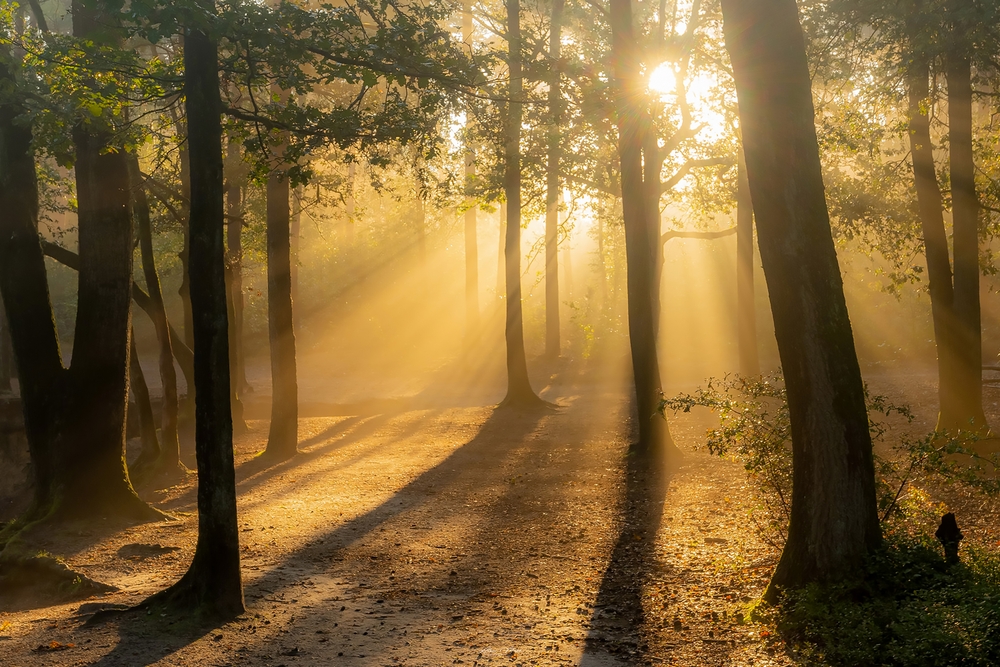Montaña de Botaderos Carlos Escaleras Mejía Overview
Montaña de Botaderos Carlos Escaleras Mejía National Park, located in northern Honduras, spans approximately 372 square miles (964 square kilometers). This protected area, named in honor of environmental activist Carlos Escaleras Mejía, is situated in the departments of Colón and Olancho.
The park is characterized by dense tropical rainforests, rugged mountain terrain, and a series of rivers and waterfalls that provide a stunning natural landscape. One of its most prominent features is the Montaña de Botaderos mountain range, which serves as a vital water source for surrounding communities. The park’s rivers, including the Guapinol River, cut through lush greenery, creating breathtaking waterfalls and deep pools.
The diverse landscape supports a rich variety of vegetation, from towering mahogany and cedar trees to a dense understory of ferns, orchids, and bromeliads. The region’s humid climate fosters an ecosystem teeming with plant life, making it an essential refuge for many endangered species.
The forests here are home to towering ceiba trees, vines, and moss-covered rocks, creating a pristine and unspoiled environment. The park’s high-altitude areas contain cloud forests, where mist drapes over the treetops, fostering an ethereal, almost mystical atmosphere.
Wildlife in Montaña de Botaderos Carlos Escaleras Mejía National Park is equally impressive. Visitors may encounter a variety of mammals, including jaguars, ocelots, and white-faced capuchin monkeys. The elusive Baird’s tapir, a keystone species in Central American forests, also roams these lands.
The park is particularly renowned for its birdlife, hosting species such as the keel-billed toucan, resplendent quetzal, and harpy eagle. These vibrant birds, along with numerous species of hummingbirds and parrots, add bursts of color to the dense green canopy. Reptiles and amphibians, including poison dart frogs and several species of snakes, also thrive in the humid environment.
Among the park’s most popular features are its stunning waterfalls, hidden caves, and winding hiking trails that offer breathtaking views of the mountains and valleys. The Guapinol River, known for its clear waters and cascades, is a highlight for visitors who enjoy swimming or simply relaxing in nature.
Trails through the forest provide opportunities for birdwatching and wildlife spotting, while more adventurous travelers may choose to explore the park’s rugged cliffs and lesser-known caves.
Visitors can engage with the park in various ways, from hiking and guided nature walks to birdwatching and river excursions. The park offers a sense of solitude and connection to nature, making it ideal for eco-tourism and conservation-focused experiences.
Local communities, some of which belong to Indigenous groups, also provide opportunities for cultural exchanges and sustainable tourism initiatives.
Conservation efforts within the park face challenges, primarily from deforestation and illegal land encroachments. The presence of mining interests in the surrounding area has sparked concerns over environmental degradation and the preservation of water sources.
However, activism and legal measures have helped secure protections for the park, and ongoing conservation projects aim to maintain its biodiversity. Community-led initiatives have played a crucial role in safeguarding the park’s natural resources, ensuring that future generations can continue to experience its beauty.















































































